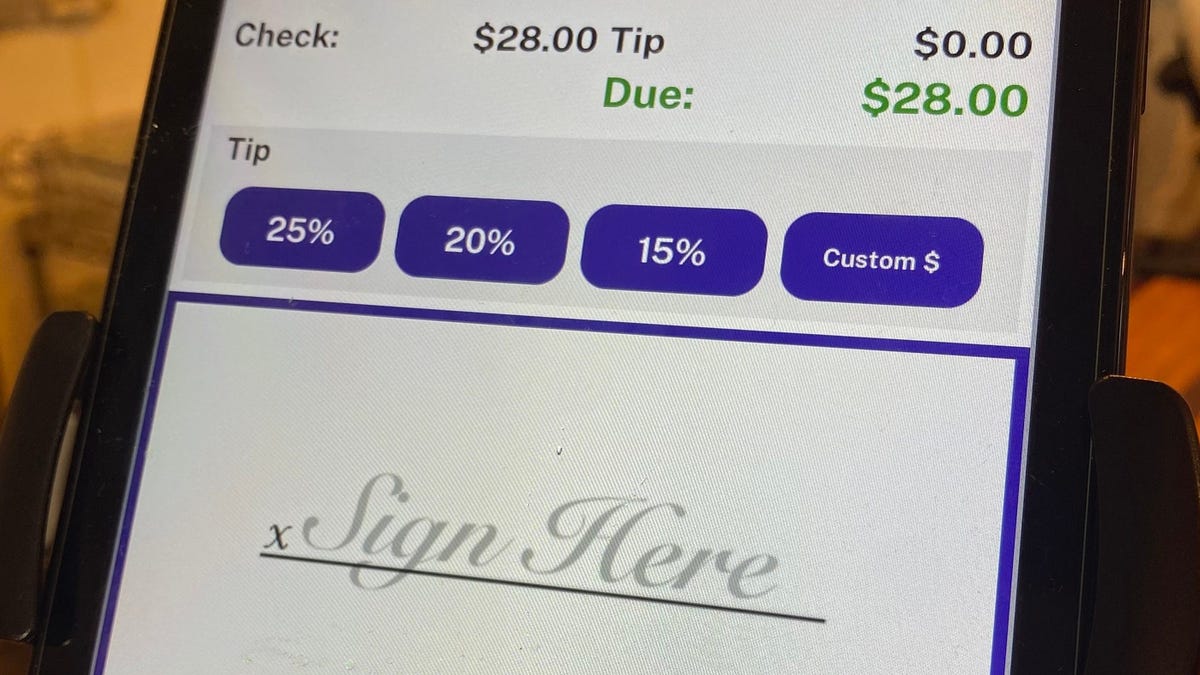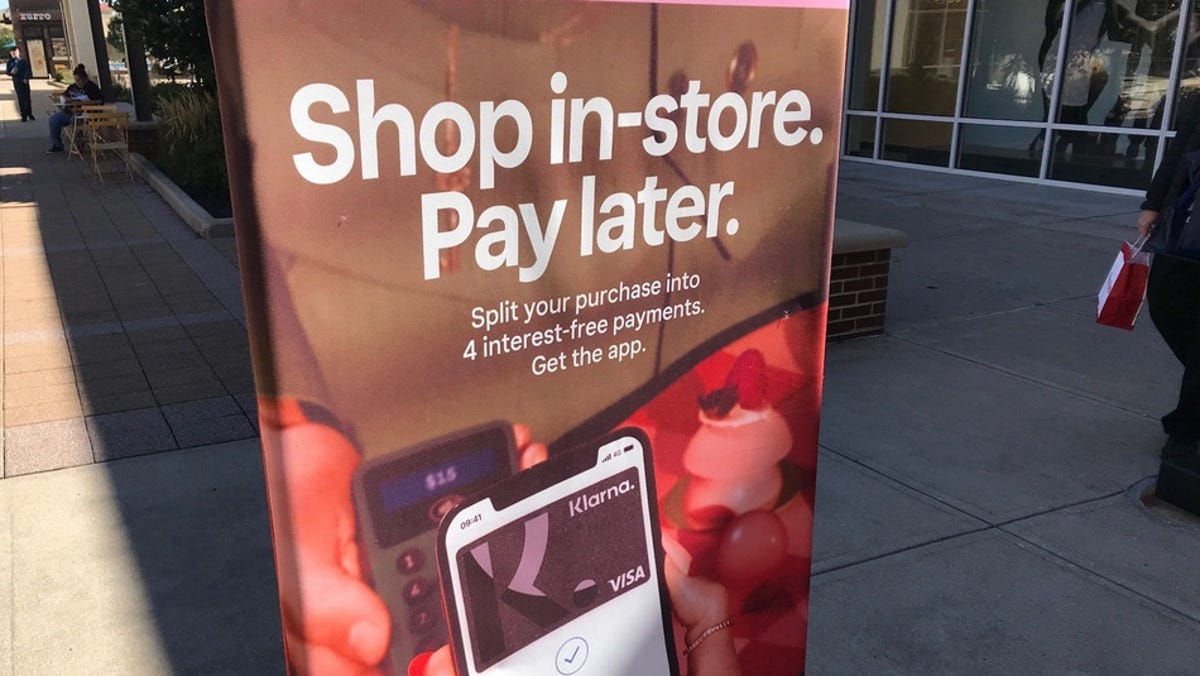
5 things to consider before tipping at restaurants
The debate surrounding tipping at restaurants continues to rage on, with different cultures having different takes on tipping etiquette.
unbranded – Lifestyle
Tipping – how much to tip or whether to do it – has always been a controversial topic.
A new Bankrate survey found that 63% of Americans had at least one negative view toward tipping, but most are leaving a gratuity. That’s up from 59% in last year’s survey.
“A lot of people complain about tipping but tip anyway — the ‘guilt tipping’ phenomenon,” Ted Rossman, Bankrate senior industry analyst told USA TODAY.
Added Matt Schulz, chief consumer finance analyst with Lending Tree, which released a separate study looking at tipping levels in different states: “I don’t think there’s any question that there’s some tipping fatigue going on right now.”
Tipping is a surcharge
Forty-one percent of those surveyed felt businesses should pay their employees better rather than relying so much on tips, another 41% felt that tipping culture has gotten out of control and 38% were annoyed with the pre-entered amounts for tips on checkout screens.
“Yet Starbucks has said that nearly half of customers who pay with a credit or debit card leave a tip,” Rossman said. “That has to be way more than the percentage who used to put bills or coins in the old-fashioned tip jar. These electronic tip prompts work, even if customers grumble about them.”
Tipping has become a surcharge of sorts, said Rossman.
“Tipping is a way for employers to funnel more money to their employees without having to foot the bill. It’s a way to raise prices without raising prices,” he said. Many businesses and customers are sensitive to price hikes, given how much prices have increased in recent years. Technology is enabling more businesses to ask for tips at the point of sale.
“We’re being asked for more tips in more places, and I believe the trend will continue,” said Rossman.
Sixteen percent of those surveyed said they’d be willing to pay higher prices if we could do away with tipping, while 14% said they are confused about who and how much to tip. Ten percent said they always tip the same amount regardless of quality of service.
How much are people tipping?
Thirty-five percent of people who responded in the Bankrate survey said they tip at least 20% at sit-down restaurants. That’s down from 37% last year.
Fifty-eight percent said the amount they tip is most influenced by the quality of service. Another 26% said they feel good when they leave a generous tip.
Tipping differs by generations
The likelihood of tipping seems to increase with age, with Gen Zers and millennials offering tips less often than their older counterparts. Twenty-five percent of Gen Zers and 45% of millennials said they tip their hair stylist/barber, compared to 67% of Gen Xers and 71% of boomers. At sit-down restaurants, 43% of Gen Zers always tipped and 61% of millennials did the same compared to 83% of Gen Xers and 84% of boomers. And 23% of Gen Zers and 36% of millennials always tipped taxi/ride share drivers versus 59% of Gen Xers and 61% of boomers.
Asking for high tips can turn off customers
“Technology has made it so easy to tip everybody for everything, in any amount you can think of, and businesses are definitely taking advantage of that.” Schulz of Lending Tree told USA TODAY.
But businesses run the risk of overplaying their hand, he said.
“If a restaurant is asking for a 30% or 35% tip on the main screen, they run the risk of running off potential repeat customers,” Schulz said.
Lending Tree took U.S. Department of Agriculture data looking at money spent on food away from home, including tax and tip, and removed each state’s sales tax figures to come up with tip data in a new study.
Americans spent $77.6 billion on tips for food purchases in 2023, the latest year in which data is available, according to Lending Tree. On average, full-service restaurant patrons tipped 15.02%. When including limited-service restaurants, drinking establishments and other similar venues, that percentage falls to 6.75%
Americans are also increasingly dining out. In 2000, spending on food away from home accounted for 49.4% of Americans’ food budgets. In 2023, that share had risen to 55.7%, the highest percentage going back to at least 1997, said Lending Tree.
Which states have the best, worst tippers?
Tips in New Hampshire averaged 16.07%, leading the nation in tips, according to Lending Tree. The District of Columbia came in second at 12.65% and South Carolina came in third at 11.17%.
Rounding out the bottom for tip percentages was Idaho (5.10%), Mississippi (4.91%) and Utah (4.09%).
One caveat that Schulz points out on that data: the state tip rankings are based on the percentage of spending on tips at all places where food is purchased. So if people in a state tend to dine at full-service restaurants, it stands to reason that their overall percentage spent on tips would be higher. The same is true for the opposite, said Schulz, if people in a state tend to go to fast food or quick service establishments, the total percent they spend on tipping may be less.
“So it’s not necessarily a judgment on people’s generosity when it comes to tips,” he said.
Where do people spend the most on dining out?
Washington, D.C. diners are spending the most per-capita on eating out, according to the study. People spent more than $3,500 more dining out than any other state in 2023: $10,291 compared to second-place Nevada, which was $6,752.
Three of the four top states in per-capita spending on dining were in the west, with Hawaii ($6,628) and California ($5,072) ranking third and fourth.
Northeastern states made up much of the rest of the top 10, including Massachusetts ($4,626), New York ($4,424), Rhode Island ($4,412) and New Hampshire ($4,224).
Midwestern and Southern states spent the least per-capita on eating out. West Virginia residents spent the least at $2,597, followed by Iowa ($2,760), Wisconsin ($2,848), Arkansas ($2,877) and Alabama ($2,898).
Betty Lin-Fisher is a consumer reporter for USA TODAY. Reach her at blinfisher@USATODAY.com or follow her on X, Facebook or Instagram @blinfisher and @blinfisher.bsky.social on Bluesky. Sign up for our free The Daily Money newsletter, which will include consumer news on Fridays, here.










wg9ip4